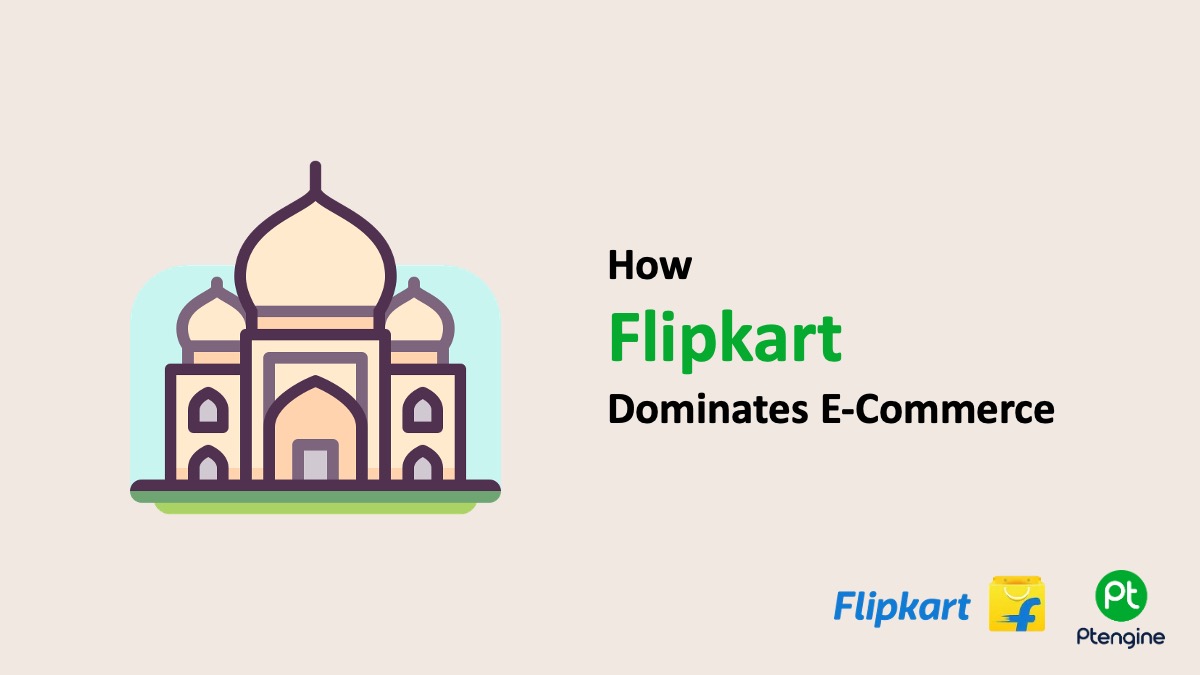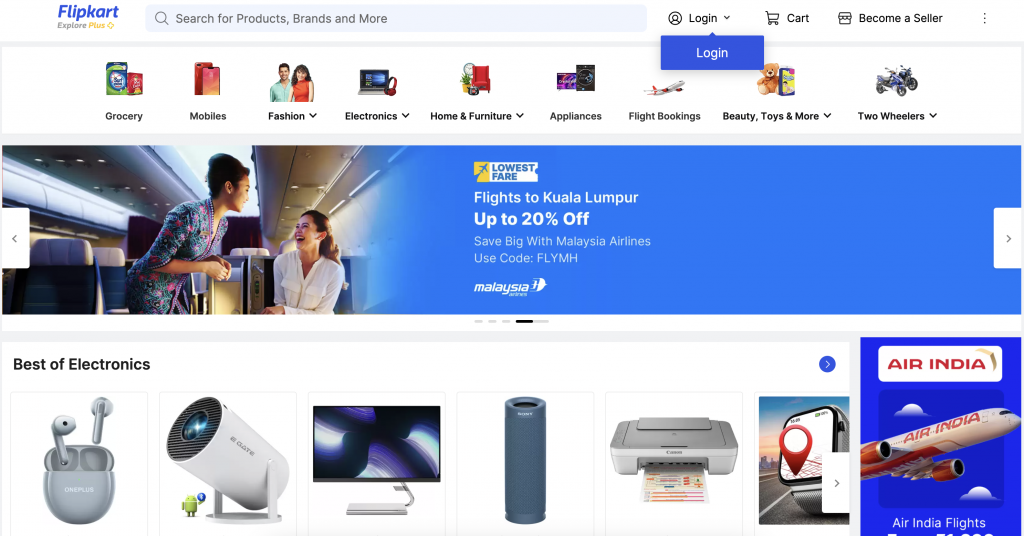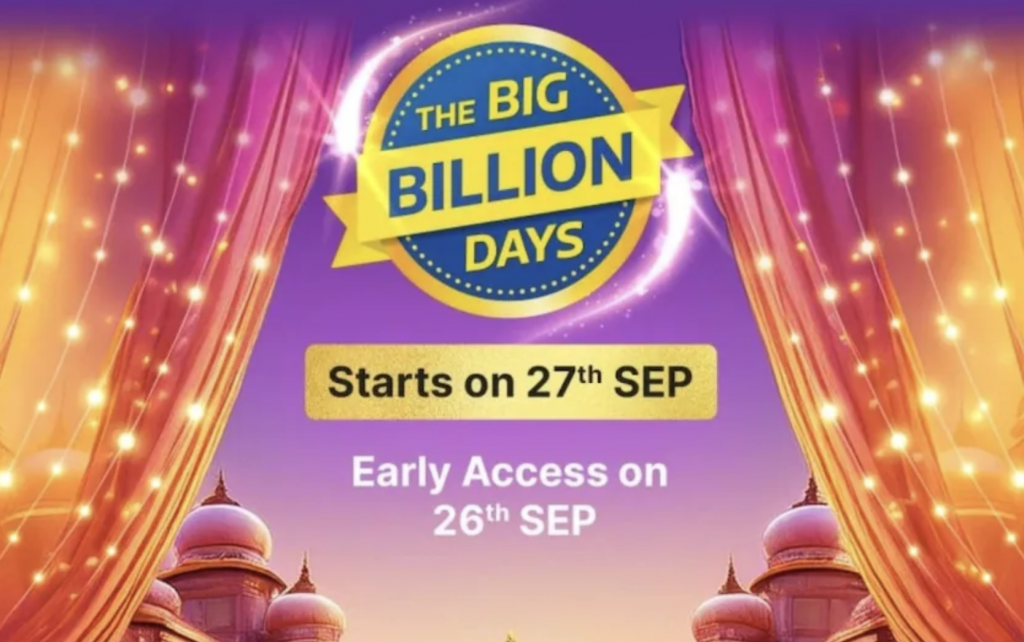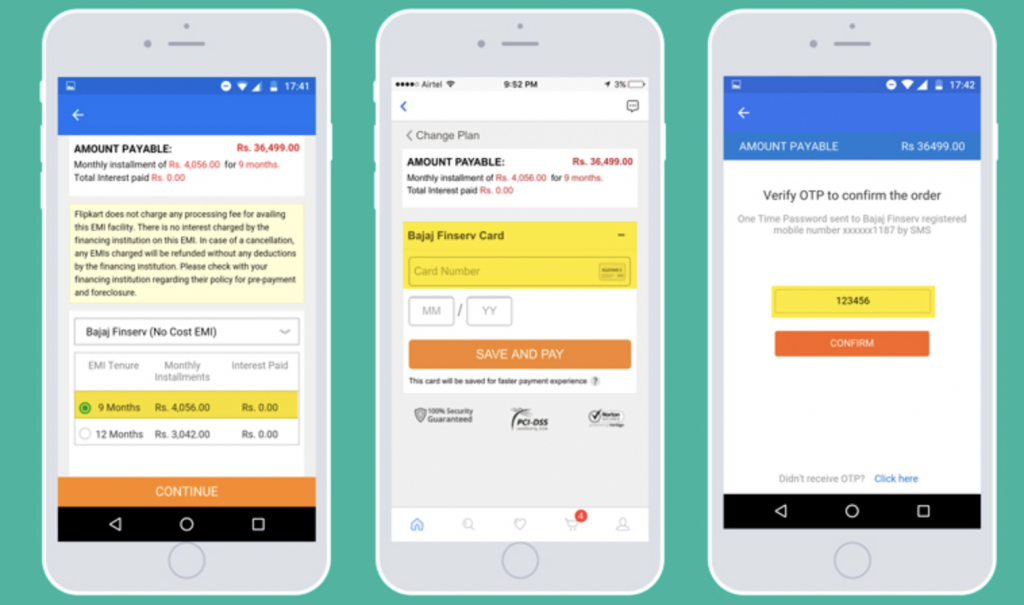blog»Business Strategy»From Big Billion Days to Localized Campaigns: Flipkart’s Marketing Playbook

From Big Billion Days to Localized Campaigns: Flipkart’s Marketing Playbook
2024/12/29
You can read this article in about 13 minutes
Introduction
Flipkart is one of India’s biggest e-commerce success stories. Since its launch in 2007, it has transformed how people shop online. The company stands out for its creative marketing and innovative strategies.
From regional campaigns to massive events like Big Billion Days, Flipkart knows how to connect with its customers. Its ability to combine localization, technology, and customer focus has made it a leader in the industry.

For marketers, Flipkart’s approach offers plenty of lessons. This article breaks down its key strategies and shows how you can apply them to your own campaigns. Let’s explore what makes Flipkart’s marketing so effective.
1. Localized Marketing at Scale
Flipkart’s success lies in its ability to connect with India’s diverse audience. With more than 22 official languages and countless cultural differences, India’s market is far from one-size-fits-all. Flipkart recognized this early and tailored its marketing to resonate locally.
For example, during Diwali, Flipkart runs campaigns in multiple languages, using region-specific traditions to appeal to customers. Ads showcase local customs, making the campaigns feel personal and relatable. By celebrating what makes each region unique, Flipkart has built trust and loyalty across the country.

What you can learn:
- speak your customer’s language: If your audience is diverse, consider creating content in their local language.
- celebrate local culture: Highlight regional traditions to make your campaigns more relatable and engaging.
Localized marketing isn’t just about translation—it’s about connecting with customers on a cultural level. Flipkart’s focus on personalization shows how this approach can create stronger bonds with your audience.
2. Big Billion Days: Flipkart’s Festive Marketing Phenomenon
Flipkart’s Big Billion Days is one of the most successful e-commerce campaigns in India. This annual shopping festival, launched in 2014, has become synonymous with massive discounts, exclusive deals, and festive excitement. Flipkart doesn’t just rely on price cuts—it creates an event that customers look forward to all year.

The marketing strategy behind Big Billion Days includes early buzz through teasers and influencer campaigns. Flipkart also partners with celebrities to amplify its reach. During the event, limited-time flash sales and countdowns create urgency, driving customers to act quickly. This mix of excitement and exclusivity has made Big Billion Days a household name.
What you can learn:
- build anticipation: Use teasers and influencer marketing to generate excitement before your big event.
- create urgency: Limited-time offers or flash sales encourage quick purchases and keep customers engaged.
Big Billion Days proves that a well-executed campaign can turn a sale into a cultural event. It’s a reminder of the power of combining strategy, timing, and creativity.
3. Customer-Centric Innovations
Flipkart has built its reputation by understanding customer needs and solving their pain points. Many of its innovations, like No Cost EMI, Buy Now, Pay Later, and easy returns, make online shopping more accessible and worry-free for a wide range of customers. These features attract both budget-conscious buyers and those hesitant about online purchases.

For example, during major shopping festivals like Big Billion Days, Flipkart emphasizes these benefits in its campaigns. By offering flexible payment options and hassle-free returns, Flipkart reduces barriers to purchase and builds customer trust.
What you can learn:
- address customer pain points: Identify what holds your customers back and offer solutions that make shopping easier.
- highlight convenience: Use marketing to showcase features like flexible payments or easy returns that add value to your audience.
By focusing on customer-centric innovations, Flipkart shows how solving real problems can turn first-time buyers into loyal customers.
4. Strength in Logistics and Supply Chain Marketing
One of Flipkart’s key strengths is its robust logistics and supply chain. The company has invested heavily in building a network that ensures fast and reliable delivery, even to remote areas of India. This logistical prowess is not just an operational advantage—it’s a marketing tool.

Flipkart emphasizes features like same-day or next-day delivery in its campaigns. During festive seasons, ads highlight the ability to deliver millions of packages quickly, reassuring customers of its efficiency. For rural areas, Flipkart’s efforts to reach underserved regions help it stand out as a trusted option.
What you can learn:
- promote your strengths: Highlight operational features like fast delivery or extensive reach in your campaigns.
- build trust through reliability: Use marketing to reassure customers that they can depend on your services.
Flipkart’s logistics marketing demonstrates the value of turning operational excellence into a key part of your brand messaging.
5. Tech-Driven Marketing Strategies
Flipkart uses technology to create personalized and engaging experiences for its customers. With the majority of its audience accessing the platform via mobile, Flipkart adopted a mobile-first approach early on. This ensures seamless navigation, optimized app performance, and targeted push notifications.

The company also uses AI to power personalized recommendations. By analyzing browsing habits and purchase history, Flipkart delivers relevant product suggestions to its users. During events like Big Billion Days, these personalized recommendations help customers find deals faster, enhancing their shopping experience.
What you can learn:
- prioritize mobile optimization: Ensure your website or app is fast, intuitive, and designed for mobile users.
- leverage AI for personalization: Use data to deliver tailored recommendations and improve the customer journey.
Flipkart’s tech-driven marketing shows how leveraging AI and mobile-first strategies can create a more engaging and customer-centric experience.
6. Partnerships and Influencer Marketing
Flipkart has successfully leveraged partnerships and influencers to amplify its reach. From collaborating with Bollywood celebrities like Ranbir Kapoor to engaging regional influencers, Flipkart ensures its campaigns resonate across diverse demographics. These partnerships help Flipkart connect with audiences on a personal level and add credibility to its messaging.
For example, during the Big Billion Days, Flipkart collaborated with Ranbir Kapoor to promote exclusive deals and offers through TV ads and social media campaigns. At the same time, regional influencers like BeYouNick created localized, humorous content to engage younger audiences. This dual approach ensured Flipkart’s message reached both mass and niche audiences effectively.

What you can learn:
- partner strategically: Collaborate with influencers or celebrities who align with your brand and audience.
- go local: Work with regional influencers to create content that feels relatable to smaller communities.
Flipkart’s focus on partnerships shows how working with the right voices can amplify your campaigns and create a stronger connection with your audience.
Conclusion
Flipkart’s rise to e-commerce dominance offers valuable lessons for marketers. By focusing on localization, innovation, and customer experience, Flipkart has built a brand that resonates with millions across India. Its creative marketing strategies and operational excellence showcase the power of understanding your audience and adapting to their needs.
Key Takeaways:
- Localized marketing works: Speak your customers’ language and celebrate their culture to build deeper connections.
- Festive campaigns drive excitement: Create events like Big Billion Days to engage your audience and boost sales.
- Focus on customer needs: Solve pain points with features like flexible payments, fast delivery, and easy returns.
- Leverage technology: Use mobile-first strategies and AI-driven personalization to enhance user experience.
- Collaborate strategically: Partner with influencers and celebrities to amplify your message and build trust.
Flipkart’s journey proves that combining creativity, customer focus, and innovation can create a winning formula for e-commerce success. Use these insights to inspire your own campaigns and stay ahead in the ever-changing world of marketing.